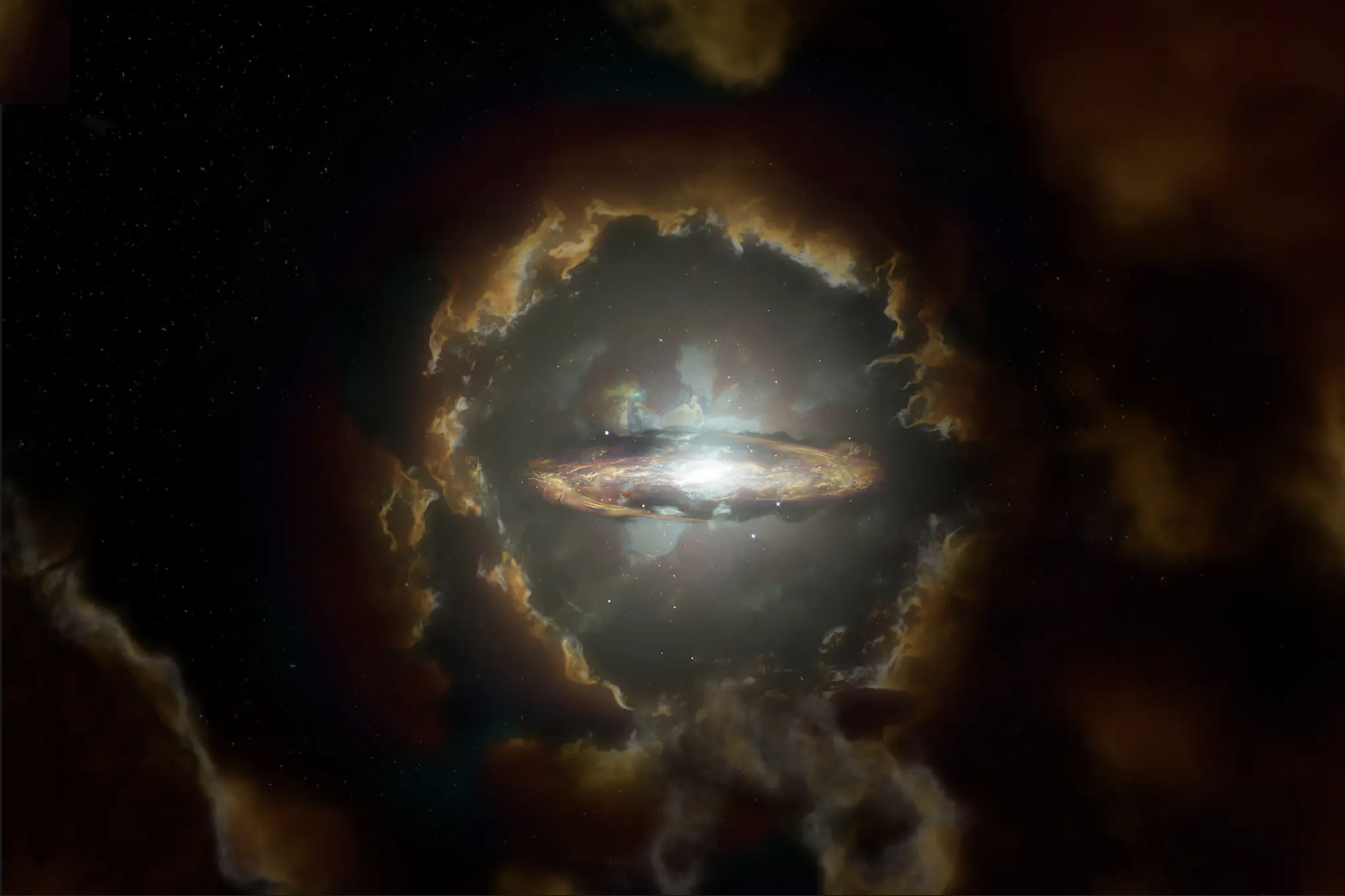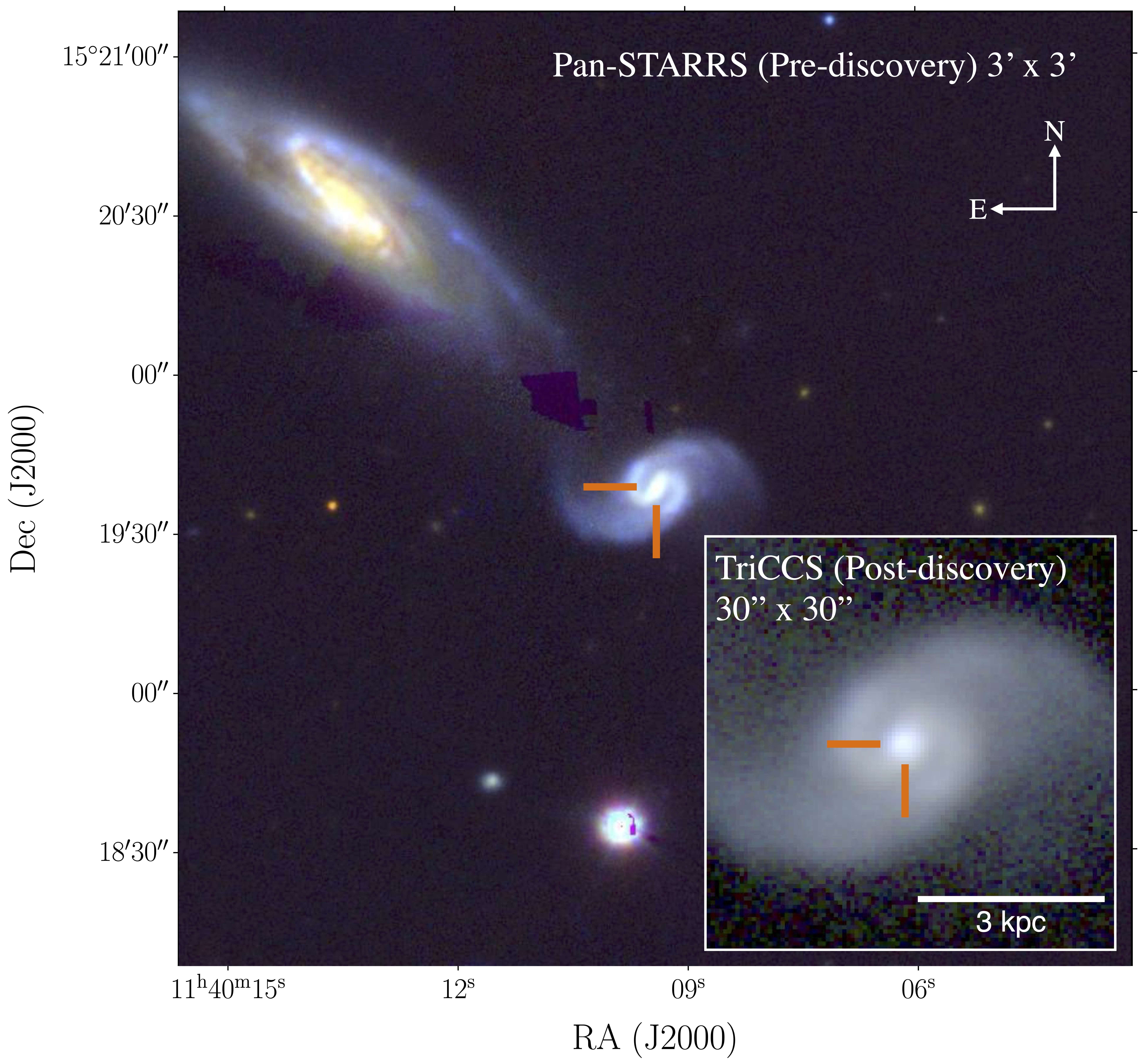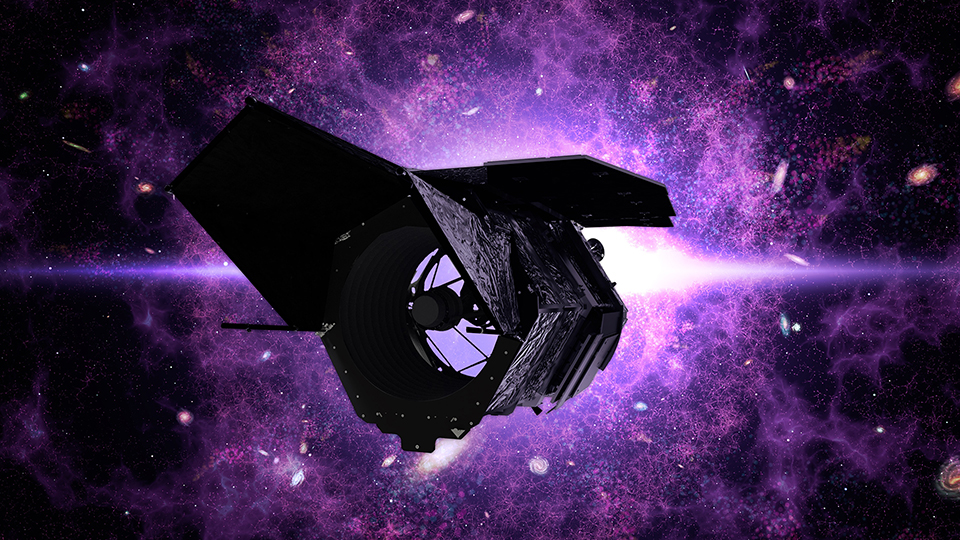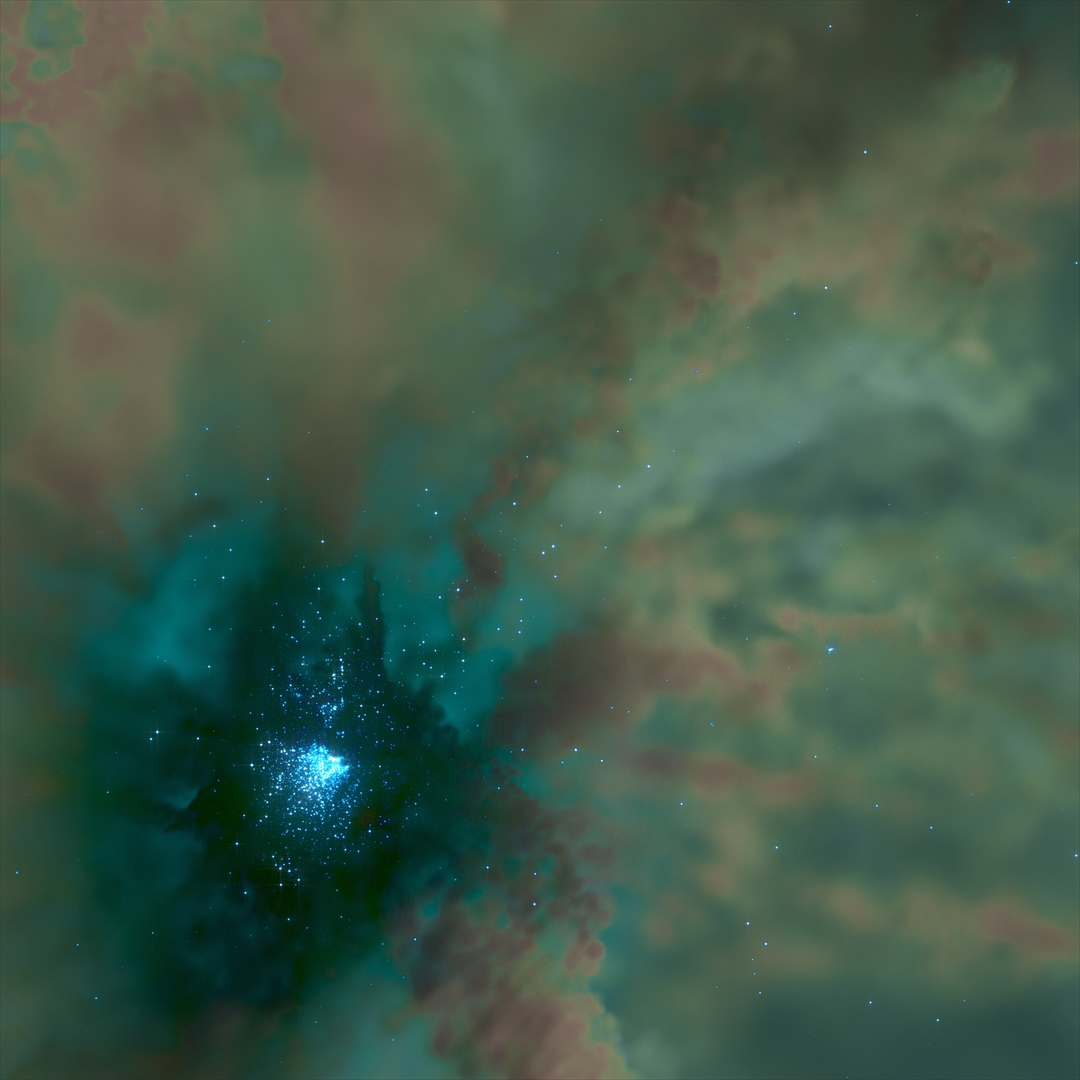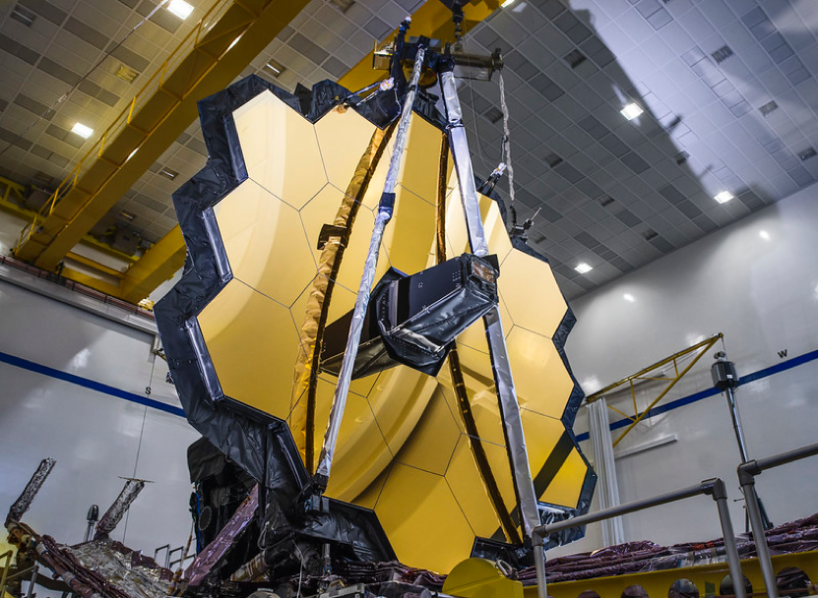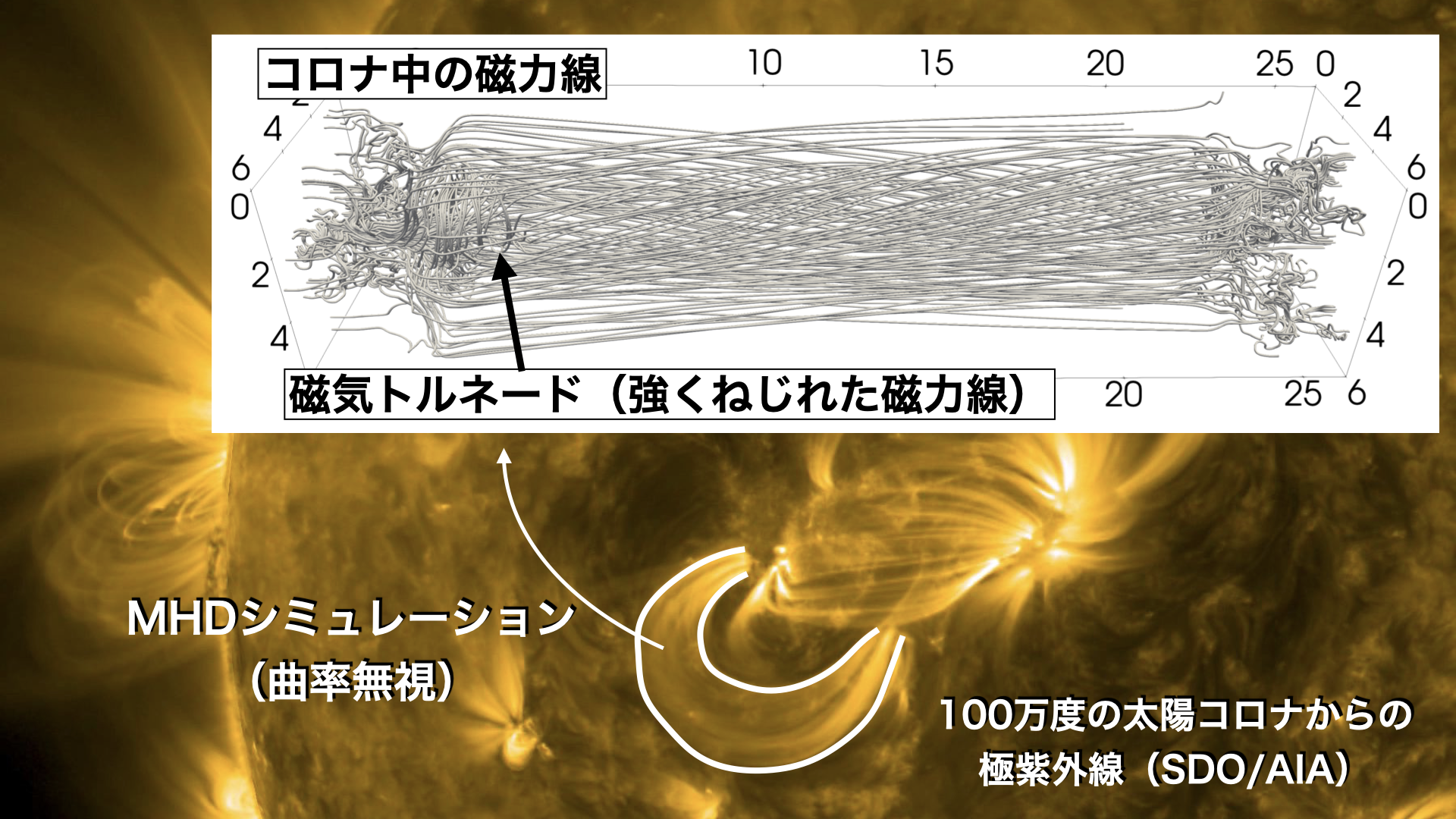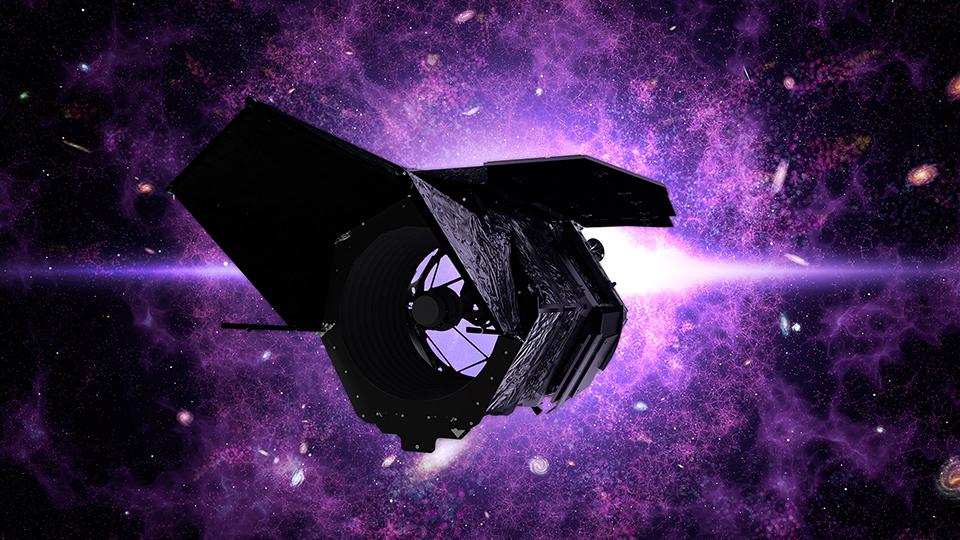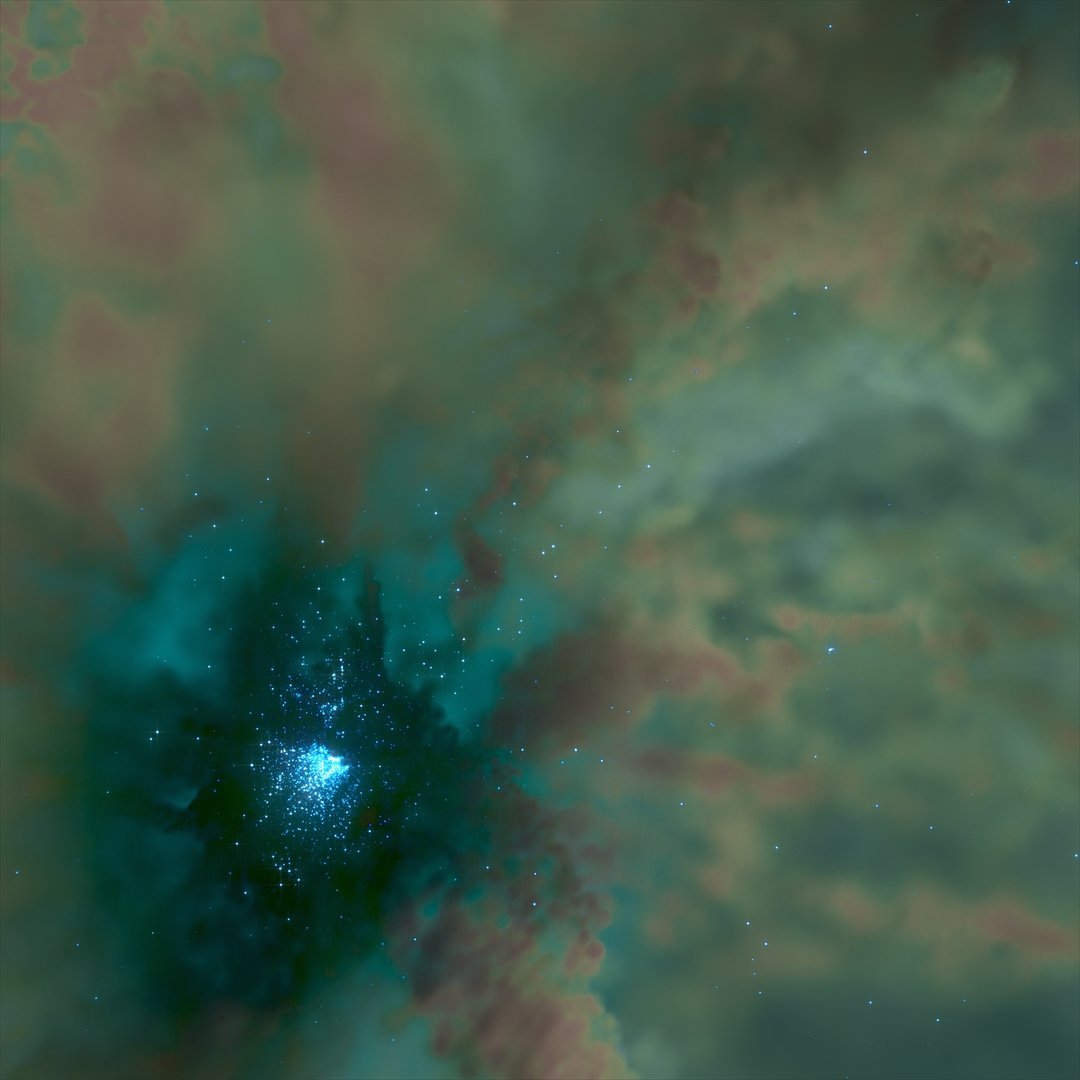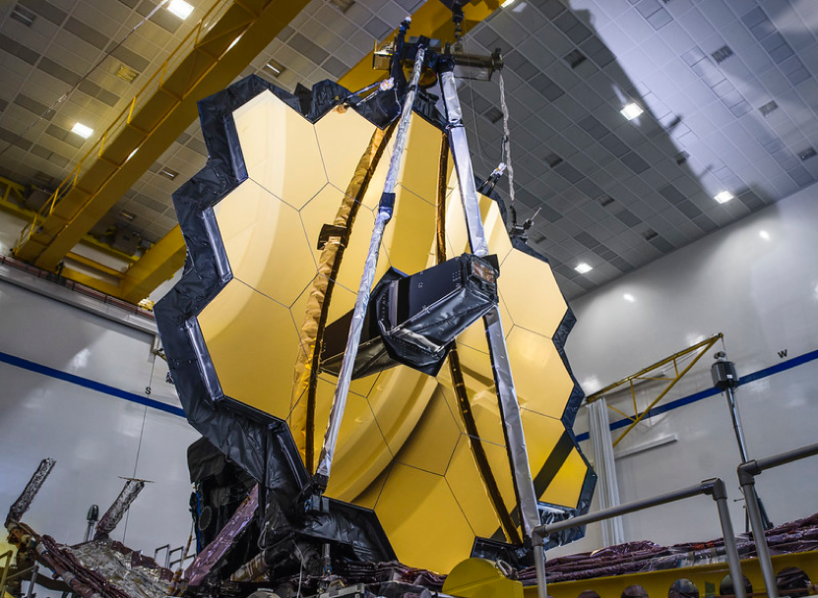Revisiting the small-scale crises of ΛCDM: new perspectives and insights
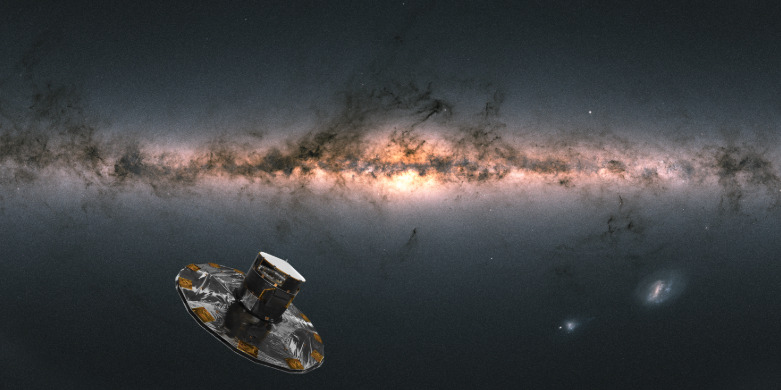
Hai-Xia MA
Nagoya University
The ΛCDM paradigm has been remarkably successful in explaining the large-scale structure of the universe, from galaxy clustering to the cosmic microwave background. However, at smaller scales—both galactic and circum-galactic—observations reveal persistent discrepancies that challenge the standard model. These small-scale crises include the core-cusp problem, the missing satellites problem, the...


 和 英
和 英 
